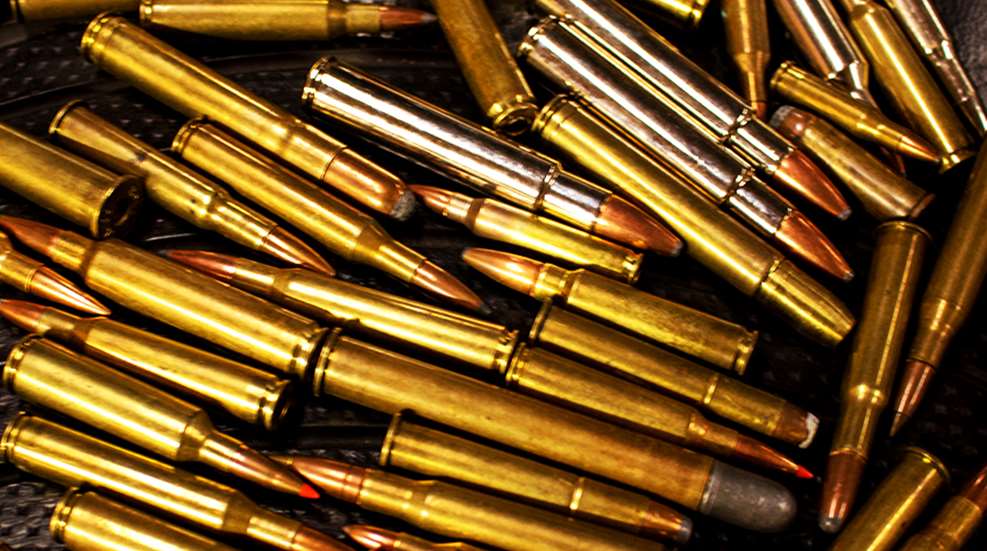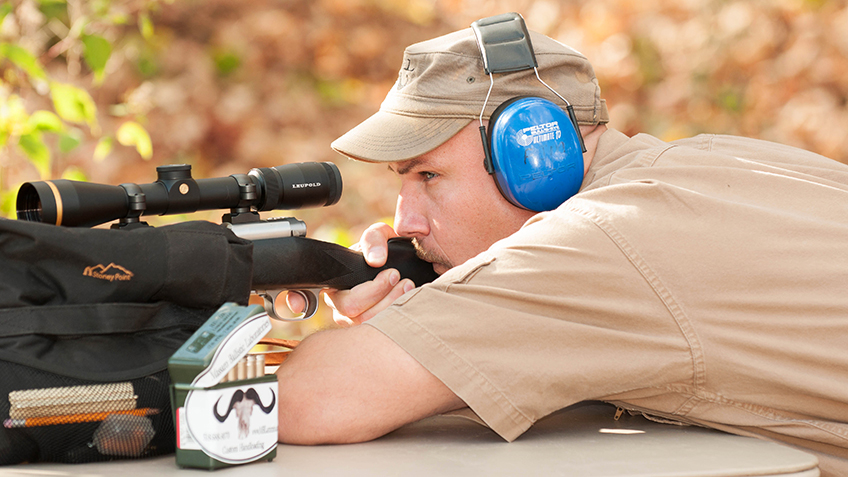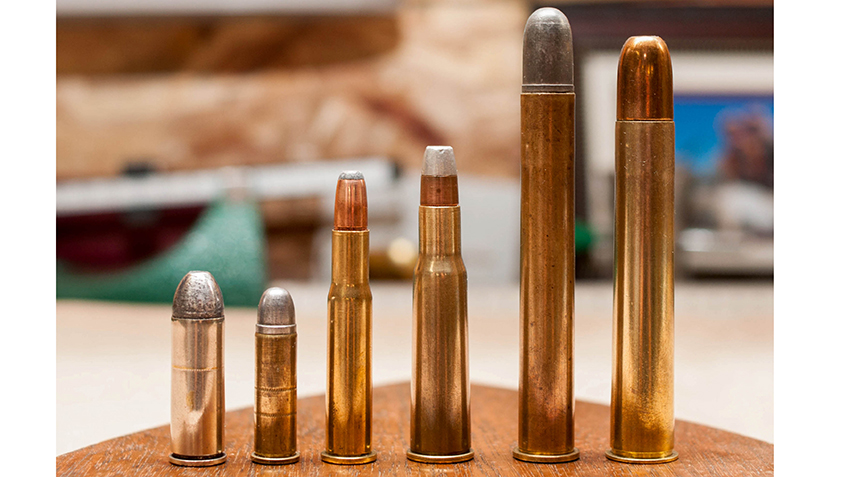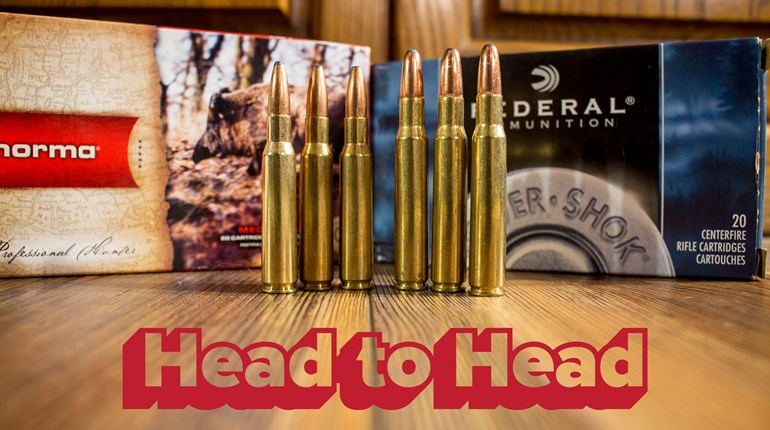
It just is. My cartridge is so vastly superior to yours that I will preach its virtues at the top of my lungs in the gun shop. I will show you the photos of my latest buck, show you the targets that have tiny little groups, I will reiterate the stories of my hunting and shooting exploits for the umpteenth time—usually with the distances increasing with each telling—and will give my testimony whether you want it or not.
I will quickly and effectively prove to you why your cartridge is a waste of time (it was since its inception) and why mine makes so much more sense. Doesn’t matter to me whether or not you’ve taken your cartridge around the world—you’ve obviously been lucky this whole time, as everyone knows your cartridge shouldn’t work—my choice is simply superior.

We’ve all heard this guy; whether the topic is varmint cartridges, target cartridges, deer cartridges or safari cartridges. He—or even she—can become wild-eyed, nearly rabid in the defense of their chosen miracle-writ-in-brass. Fact of the matter is, we have so many good cartridges available for any class of game animal that we’ve been splitting hairs for quite some time, quibbling over an extra 50 fps, or ½-inch of action length or whether or not the cartridge is short and fat or long and lean. I’ve had a guy argue, with bulging veins, over how his .300 Weatherby Magnum was vastly superior to my .300 Winchester Magnum; in the same argument, he admitted he’d never shot an animal over 150 yards away. Others have insisted that the .270 Winchester is, hands down, the absolute best choice for a whitetail deer, and to use any other cartridge is simply ridiculous.
Hunters have posted on social media that anyone hunting buffalo in Africa with anything less than a .500 Nitro Express is a fool who is asking for trouble and will eventually end up a pile of khaki jelly. In spite of the hundreds, if not thousands, of buffalo taken every year with what the gentleman considered to be a pop gun—the revered .375 H&H Magnum—he adamantly insisted that all those hunters using these ‘little cartridges’ were merely lucky they didn’t die.
And these aren’t rare instances; I've noticed that the arguing has become more prevalent lately. “The 6.5 Creedmoor is junk; my .260 Remington is such a better choice!” Mister, I highly doubt that any animal which can be taken cleanly with a 6.5mm would give a wet fart whether or not you shot it with a Creedmoor or a Remington; both are seriously accurate and are so similar in performance it just doesn’t matter. Deer don’t have a favorite cartridge; they hate them all equally.
While I do a considerable amount of writing on the subtle differences in cartridge performance, I want to stress this point: you can’t buy field performance. No matter whose name is on the headstamp, no matter how fast the cartridge may be, you must put the bullet in the right place in order for the cartridge to be effective. I’ve seen a .416 Remington in the wrong place have an animal run almost 500 yards before we could dispatch it, and I’ve seen a 6mm in the right place neatly take the same animal down. No matter what cartridge you have chosen—providing there is a sensible amount of bullet weight and velocity for the scenario—you simply must learn how to shoot it from field positions.

I don’t care if you like the good old .30-06 Springfield, believe in the .308 Winchester, carry a vintage .300 Savage, or prefer one of the numerous (and oft overlapping) .300 Magnums; if you can’t shoot it well, all of the energy figures and ballistic coefficient in the world won’t help you. Find a rifle/cartridge combination that is both suitable for the game animal you’re hunting and that fits you well, so you can shoot it accurately from field positions. Sight the rifle from the bench, and then abandon the bench altogether. It’s humbling, but it’s real, and will (hopefully) inspire you to become a better rifleman, through training and practice.
I’ve been fortunate enough to have made several safaris to Africa, and many of them for dangerous game. The professional hunters across southern and eastern Africa are often limited in their choice of rifles, cartridges and projectiles, and I’ve seen all sorts of stuff in the field. Their general consensus? If it’s a suitable cartridge, and (most importantly) the client can shoot it well, let’s stop talking numbers and go hunting. Those professional hunters, who you’d think would be the best source of information regarding those niggling energy figures and all the miniscule things we like to dwell upon, tend to use what’s available; however, they’re accomplished marksmen from field positions, and that makes all the difference.
Slight variations in cartridge performance are far less important than the ability to place your shot where it needs to be. My grandfather couldn’t tell you the muzzle velocity or energy figures of his only rifle, a Savage 99 in .308 Winchester, but he could put that bullet where it needed to be on a whitetail running across a corn field. Am I suggesting that the latest .300 Whizzbang Magnum is unnecessary? Not entirely, but it seems there’s a whole lot of overlap; there are only so many ways to launch a .30-caliber bullet, but if the cartridge of the month appeals to you, so be it, just so long as you understand that it’s your skills that matter most in the hunting fields. Love carrying that wildcat? Two thumbs up from me, as I love the diversity of the cartridge world, but just remember that elk don’t appreciate a wildcat cartridge any more or less than a standard cartridge.
Is my cartridge any better than yours? Probably not. Many of the best hunting cartridges have been with us for over a century, performing even better now with modern bullets than they ever have. Marketing is marketing, and will always be a factor, but I can effectively hunt the world with cartridges that were designed a hundred years ago. As the old phrase goes: “It’s the Indian, not the arrow.” Our arrows are better than ever, let’s become better Indians.



































